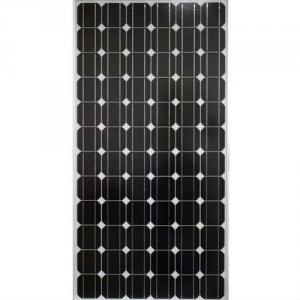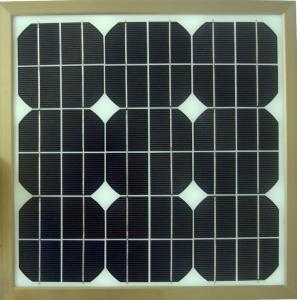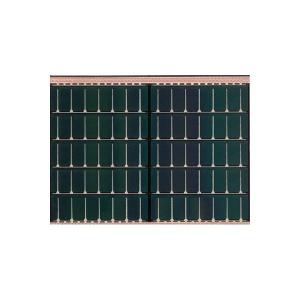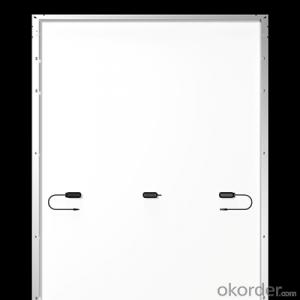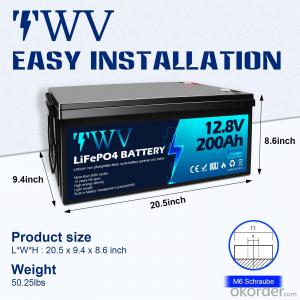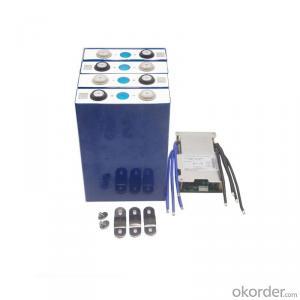Loading Port:China main port
Payment Terms:TT or LC
Min Order Qty:40000 watt
Supply Capability:100000 watt/month
Details Of Mono Solar Cell 125mm
Specifications Of Mono Solar Cell 125mm
1.Mechanical data and design
Format | 125 mm × 125 mm ± 0.5 mm |
Thickness | 210 μm ± 40 μm |
Front(-) | 1.6 mm bus bars (silver),blue anti-reflection coating (silicon nitride) |
Back (+) | 2.5 mm wide soldering pads (silver) back surface field (aluminium) |
2.Temperature Coefficient of Cells
Voc. Temp . coef.%/K | -0.35%/K |
Isc . Temp . coef.%/K | +0.024%/K |
Pm. Temp. coef.%/K | -0.47%/K |
3.Electrical Characteristic
Efficiency(%) | Pmpp (W) | Umpp (V) | Impp (A) | Uoc (V) | Isc (A) | FF (%) |
18.35 | 2.841 | 0.532 | 5.342 | 0.631 | 5.67 | 79.41% |
18.20 | 2.817 | 0.53 | 5.319 | 0.631 | 5.64 | 79.16% |
18.05 | 2.794 | 0.527 | 5.301 | 0.63 | 5.63 | 78.77% |
17.90 | 2.771 | 0.527 | 5.259 | 0.629 | 5.62 | 78.39% |
17.75 | 2.748 | 0.526 | 5.224 | 0.629 | 5.61 | 77.88% |
17.60 | 2.725 | 0.524 | 5.201 | 0.629 | 5.59 | 77.50% |
17.45 | 2.702 | 0.52 | 5.196 | 0.629 | 5.586 | 76.90% |
17.30 | 2.678 | 0.516 | 5.183 | 0.626 | 5.577 | 76.71% |
17.15 | 2.655 | 0.513 | 5.175 | 0.623 | 5.565 | 76.58% |
17.00 | 2.632 | 0.51 | 5.161 | 0.622 | 5.559 | 76.12% |
16.75 | 2.593 | 0.508 | 5.103 | 0.615 | 5.477 | 76.98% |
16.50 | 2.555 | 0.506 | 5.047 | 0.608 | 5.396 | 77.88% |
4.Intensity Dependence
Advantage Of Mono Solar Cell 125mm
1: high quality cell, Level A cell (16.50%—18.35%)
2: Dimensione:125*125mm Diagonal:150mm / 165mm
Dimensione:156*156mm Diagonal:200mm
3: Qualified certification: TUV,CE certification.
4: Warranty: five years for whole unit
Usage/Application Of Mono Solar Cell 125mm
Packaging & Delivery Of Mono Solar Cell 125mm | |
Packaging Detai | Packaging Detail:Export Carton and Pallet or under customer request. |
Delivery Detail:10-20days | |
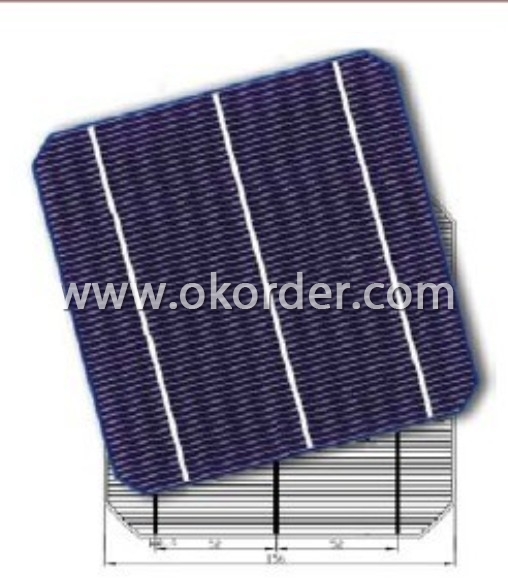
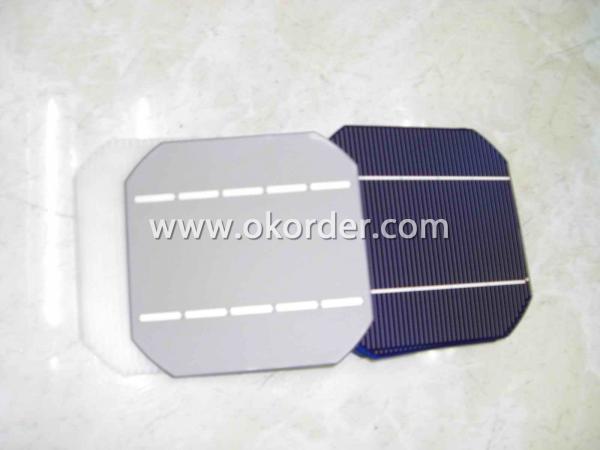
Converting the sun’s radiation directly into electricity is done by solar cells. These cells are made of semiconducting materials similar to those used in computer chips. When sunlight is absorbed by these materials, the solar energy knocks electrons loose from their atoms, allowing the electrons to flow through the material to produce electricity. This process of converting light (photons) to electricity (voltage) is called the photovoltaic effect.
When photons are absorbed by matter in the solar cell, their energy excites electrons higher energy states where the electrons can move more freely. The perhaps most well-known example of this is the photoelectric effect, where photons give electrons in a metal enough energy to escape the surface. In an ordinary material, if the electrons are not given enough energy to escape, they would soon relax back to their ground states. In a solar cell however, the way it is put together prevents this from happening. The electrons are instead forced to one side of the solar cell, where the build-up of negative charge makes a current flow through an external circuit. The current ends up at the other side (or terminal) of the solar cell, where the electrons once again enter the ground state, as they have lost energy in the external circuit.
Solar cells, which were originally developed for space applications in the 1950s, are used in consumer products (such as calculators or watches), mounted on roofs of houses or assembled into large power stations. Today, the majority of photovoltaic modules are used for grid-connected power generation, but a smaller market for off-grid power is growing for remote areas and developing countries.
Given the enormous potential of solar energy, photovoltaics may well become a major source of clean electricity in the future. However, for this to happen, the electricity generation costs for PV systems need to be reduced and the efficiency of converting sunlight into electricity needs to increase. To achieve this, the Commission supports photovoltaics development since many years by funding research projects and facilitating cooperation between stakeholders.

